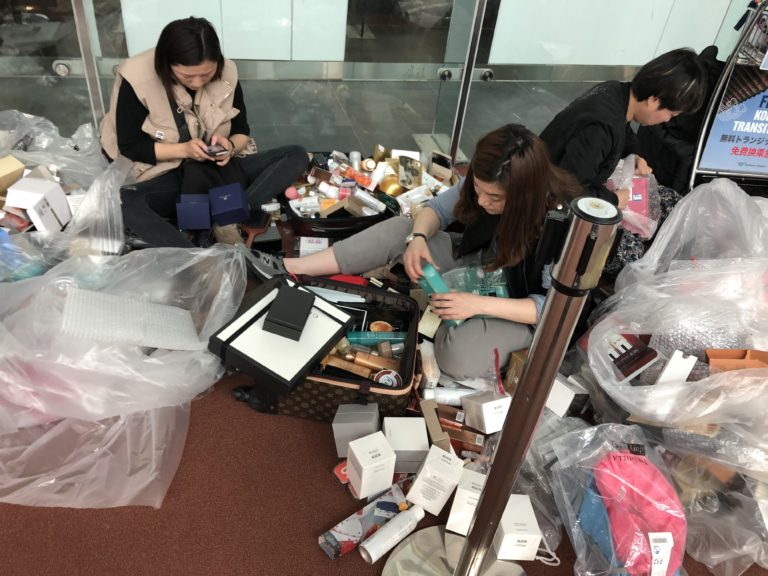SOUTH KOREA. Chinese visitor arrivals in South Korea rose +36.4% year-on-year in September, to 434,595. The result continues the sustained recovery from the THAAD-hit 2017 numbers.
The growth rate was down from the +40.9% increase seen in August, according to Korea Tourism Organization (KTO). Chinese visitors represented 34% of all arrivals in September.
However, comparing the latest figures to the same month in 2016 – before the THAAD crisis erupted – highlights the scale of the drop in Chinese tourist numbers. In September 2016 there were 726,266 visitor arrivals from China, itself a +22.8% increase on the year-before period. There has been a -40.2% fall in Chinese tourists between September 2016 and September 2018.

Click on image to enlarge.

As reported earlier this week, South Korean duty free sales in the first nine months of 2018 counterintuitively hit an all-time high of US$12.9 billion – while also exceeding total sales for 2017.
The booming but unofficial daigou trade has sustained the growth of Korean duty free despite the drop in visitor numbers. A Chinese government crackdown on returning daigou shoppers after the Golden Week holiday (1-7 October) has raised serious questions about the future of the trade though.
As a counterpoint, Korean travel retailers are hoping that conventional Chinese tourism (group tours and FITs) continues to normalise. A full lifting of the ban on group tours is expected in the near future, which should have a significant impact on Chinese arrivals.

Click on image to enlarge.
For the first nine months of 2018, Chinese arrivals were up +9.4% to 3,493,670. Arrivals picked up after a tough first quarter, with Korean-Chinese relations improving as the THAAD dispute eased. There were 6,334,312 Chinese arrivals in the first nine months of 2016, a difference of -44.8%.
South Korean tourism and duty free is not just about the Chinese, however. Japanese arrivals were up +12.7% year-on-year in September to 247,847, representing 19.4% of total arrivals. For the first nine months, Japanese numbers climbed +21.7% to 2,099,560, an 18.8% share.
Outbound Korean departures declined -0.5% in September, to 2,225,756. Growth rates have fallen since July after double-digit increases were recorded during the first half. For the first nine months Korean departures are up +9.8%, to 21,557,018.

Click on image to enlarge.











